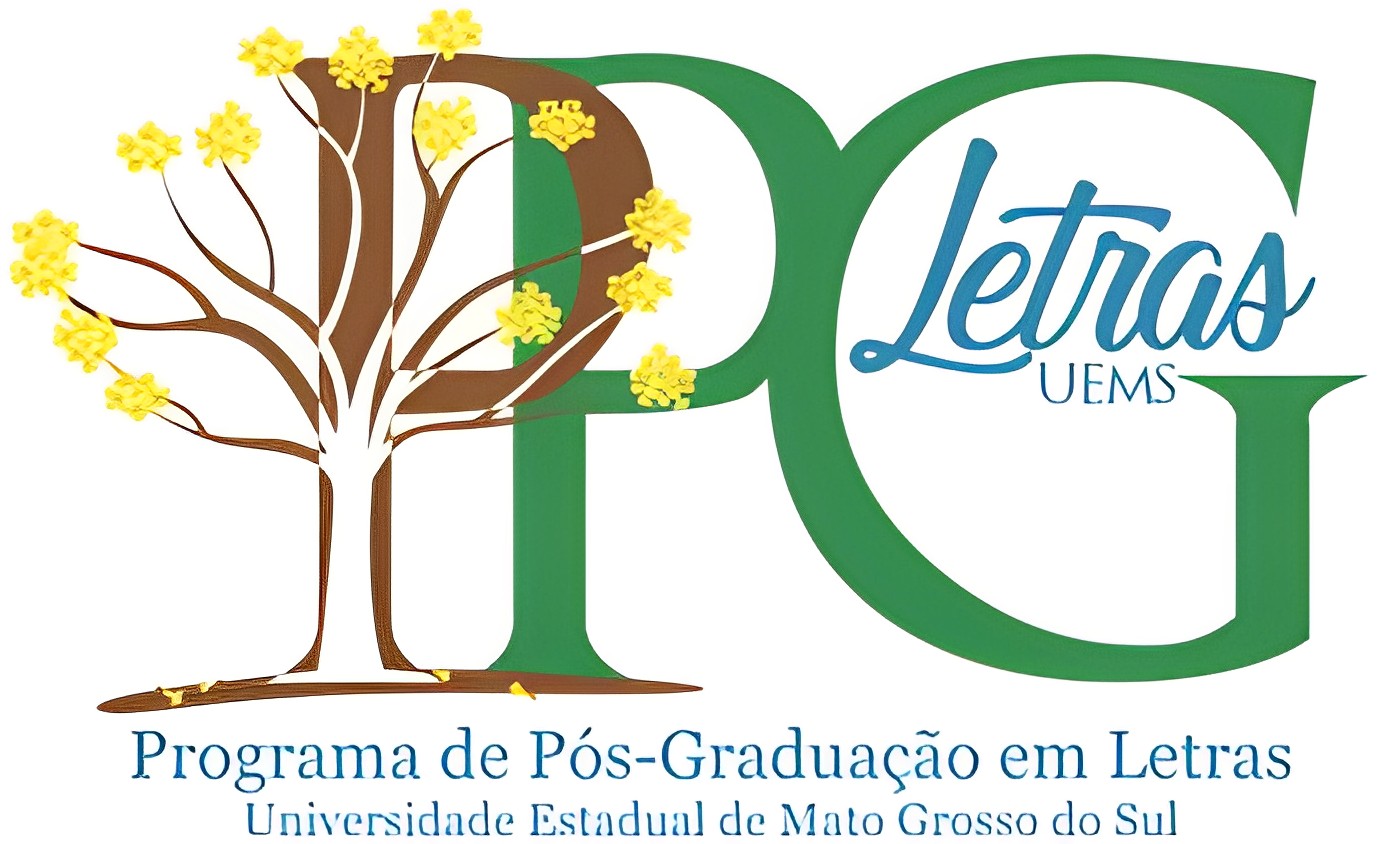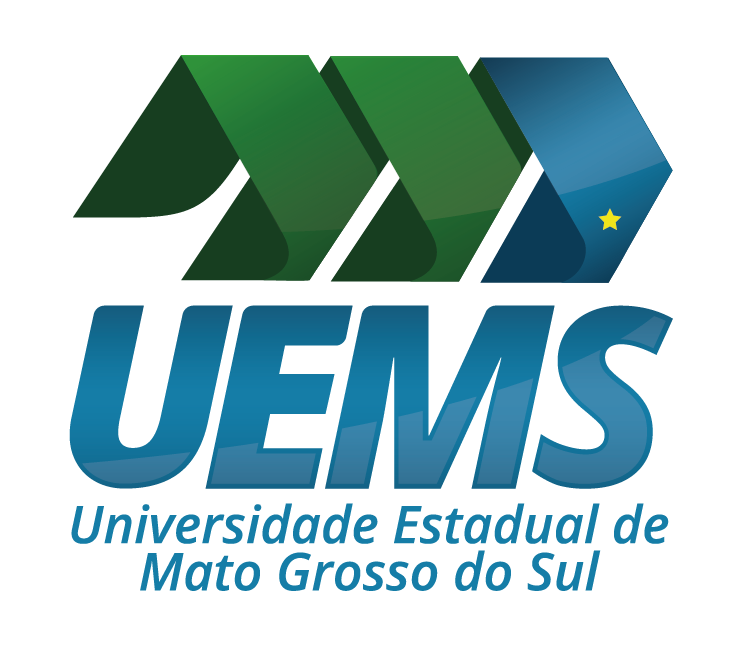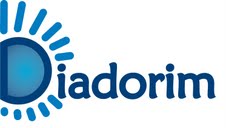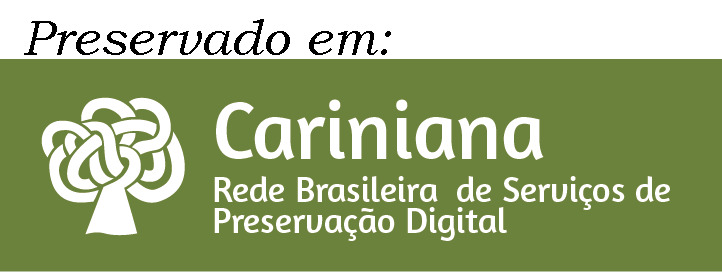Human After All? Neo-Transhumanism and the Post-Anthropocene Debate in Margaret Atwood’s MaddAddam Trilogy
Palavras-chave:
dystopian fiction, posthumanism, AnthropoceneResumo
Geralmente lida como um exemplo de ficção (especulativa) distópica contemporânea, a trilogia MaddAddam, de Margaret Atwood, é também um bom exemplo dos debates complexos envolvendo as tensões das filosofias pós-humana e transumana e daquelas acerca da noção contemporânea de Antropoceno. O presente artigo almeja discutir como os romances pós-apocalípticos de Atwood podem, na verdade, ser entendidos como uma tentativa de minar—e, também, de problematizar—o que pretendem os projetos pós-humanos do capitalismo tecnológico e como pode ser possível (se é que pode) desenvolver um entendimento de um Antropoceno pós-humano através da criação dos Crakers, hominídeos geneticamente desenvolvidos para repovoar o planeta após a pandemia denominada Dilúvio Seco.
Referências
ATWOOD, Margaret. Oryx and Crake. New York: Anchor Books, 2003.
---. The Year of the Flood. New York: Anchor Books, 2009.
---. In Other Worlds: SF and the Human Imagination. London: Virago, 2011.
---. MaddAddam. London: Bloomsbury, 2013.
BOUSON, J. Brooks. "It's Game Over Forever": Atwood's Satiric Vision of a Bioengineered Posthuman Future in Oryx and Crake. In: BLOOM, Harold (Ed.). Bloom's Modern Critical Views: Margaret Atwood. New York: Bloom's Literary Criticism, 2009. p. 93-110.
CLARK, Timothy. Ecocriticism on the Edge: The Anthropocene as a Threshold Concept. London: Bloomsbury, 2015.
FERRANDO, Francesca. “The Party of the Anthropocene: Post-humanism, Environmentalism and the Post-anthropocentric Paradigm Shift”. Relations, 4.2, 2016, 159-73
MARKS DE MARQUES, Eduardo. “‘God is a cluster of neurons’: Neo-posthumanism, theocide, theogony and anti-myths of origin in Margaret Atwood’s Oryx and Crake”. Gragoatá, 35, 2013, 155-69.
---. “Children of Oryx, Children of Crake, Children of Men: Redefining the Post/Transhuman in Margaret Atwood’s ustopian Maddaddam Trilogy”. Aletria, 25, 3, 2015, 133-46.
---. “Da Centralidade Política à Centralidade do Corpo Transumano: Movimentos da Terceira Virada Distópica na Literatura”. Anuário de Literatura 19.1, 2005, 29-48.
MOHR, Dunja M. “Transgressive Utopian Dystopias: The Postmodern Reappearance of Utopia in the Disguise of Dystopia”. Zeitschrift für Anglistik und Amerikanistik (ZAA) , 55.1, 207, 5-24.
MORE, Max. The Philosophy of Transhumanism. In: The Transhumanist Reader. West Sussex: Wiley-Blackwell, 2013.
PALSSON, Gilsi et al. “Reconceptualizing the ‘Anthropos’ in the Anthropocene: Integrating the Social Sciences and Humanities in Global Environmental Change Research”. Environmental Science & Policy, 28, 2013, 3-13
WOLFE, Cary. What is Posthumanism? Minneapolis: University of Minnesota Press, 2009.
Downloads
Publicado
Como Citar
Edição
Seção
Licença
DECLARAÇÃO DE ORIGINALIDADE E EXCLUSIVIDADE E CESSÃO DE DIREITOS AUTORAIS
Declaro que o presente artigo é original e não foi submetido à publicação em qualquer outro periódico nacional ou internacional, quer seja em parte ou na íntegra. Declaro, ainda, que após publicado pela REVELL, ele jamais será submetido a outro periódico. Também tenho ciência que a submissão dos originais à REVELL - Revista de Estudos Literários da UEMS implica transferência dos direitos autorais da publicação digital. A não observância desse compromisso submeterá o infrator a sanções e penas previstas na Lei de Proteção de Direitos Autorais (nº 9610, de 19/02/98).




















